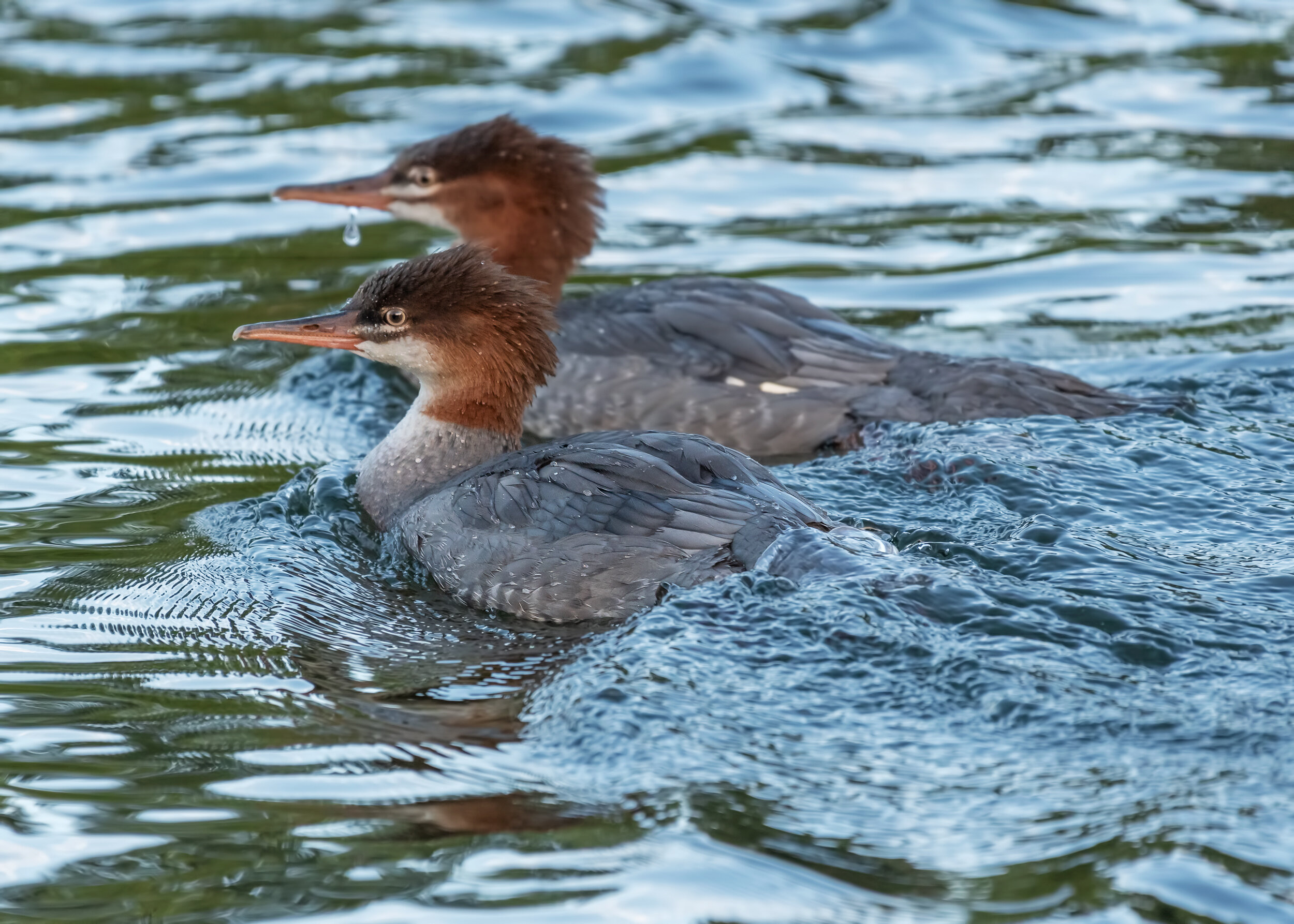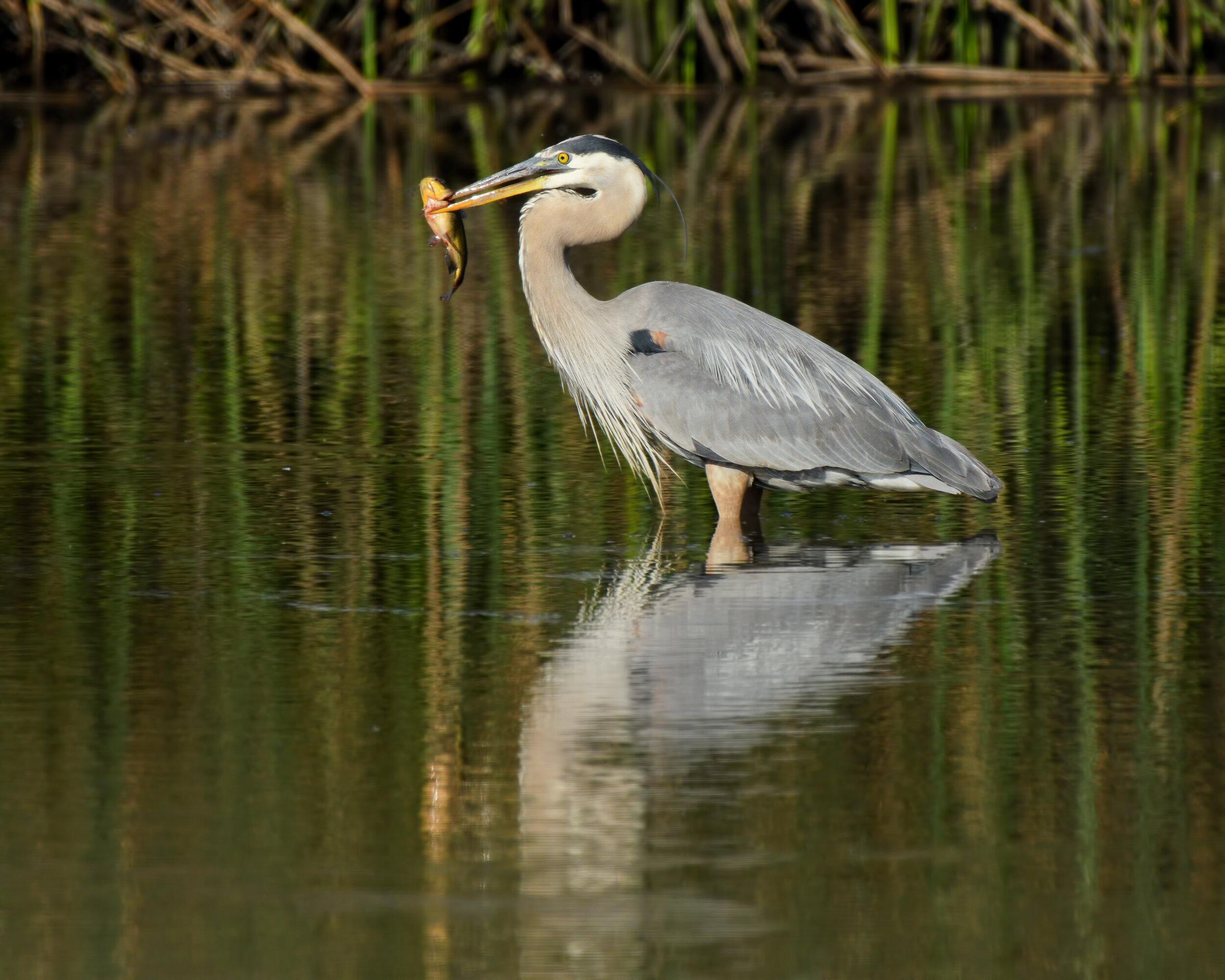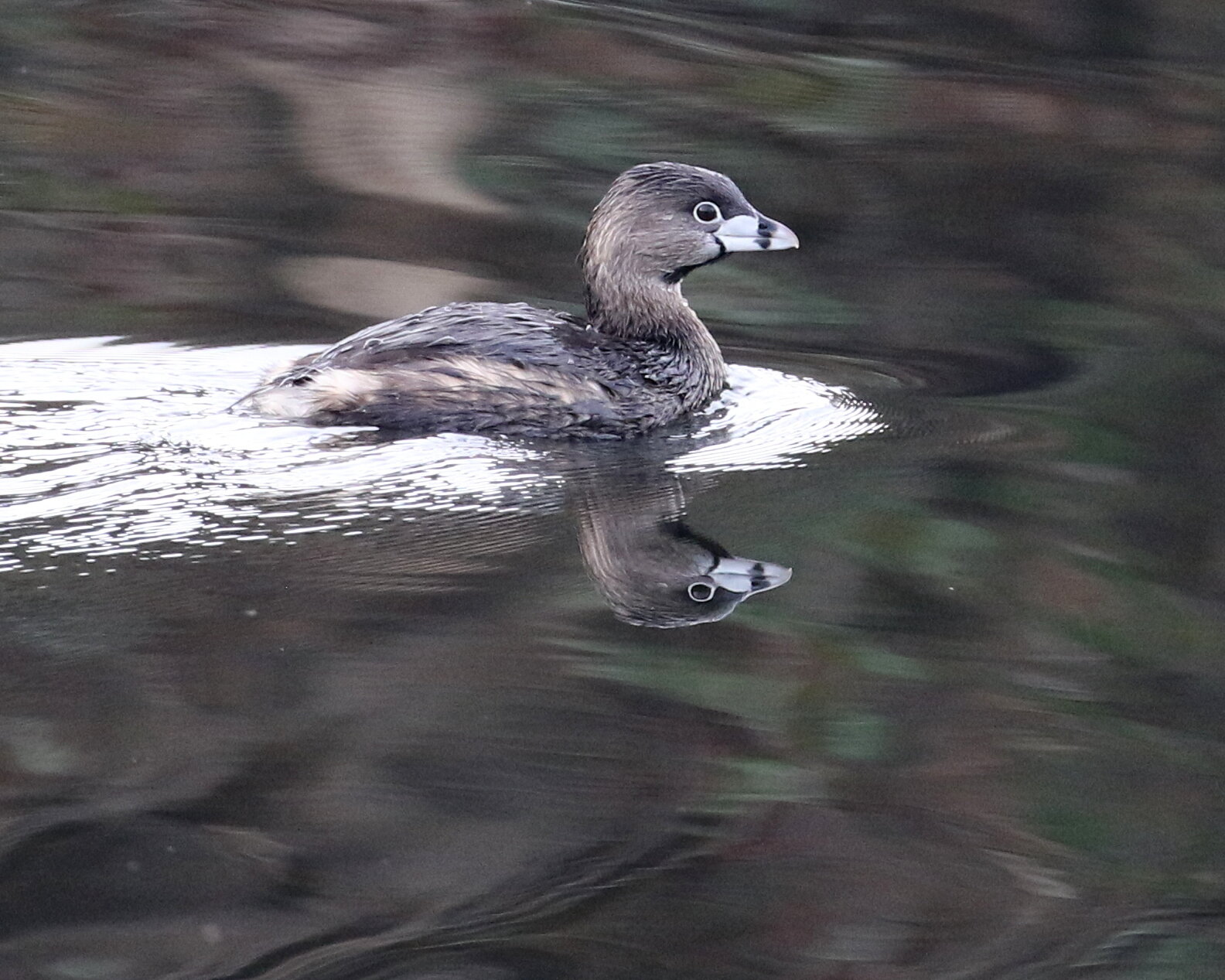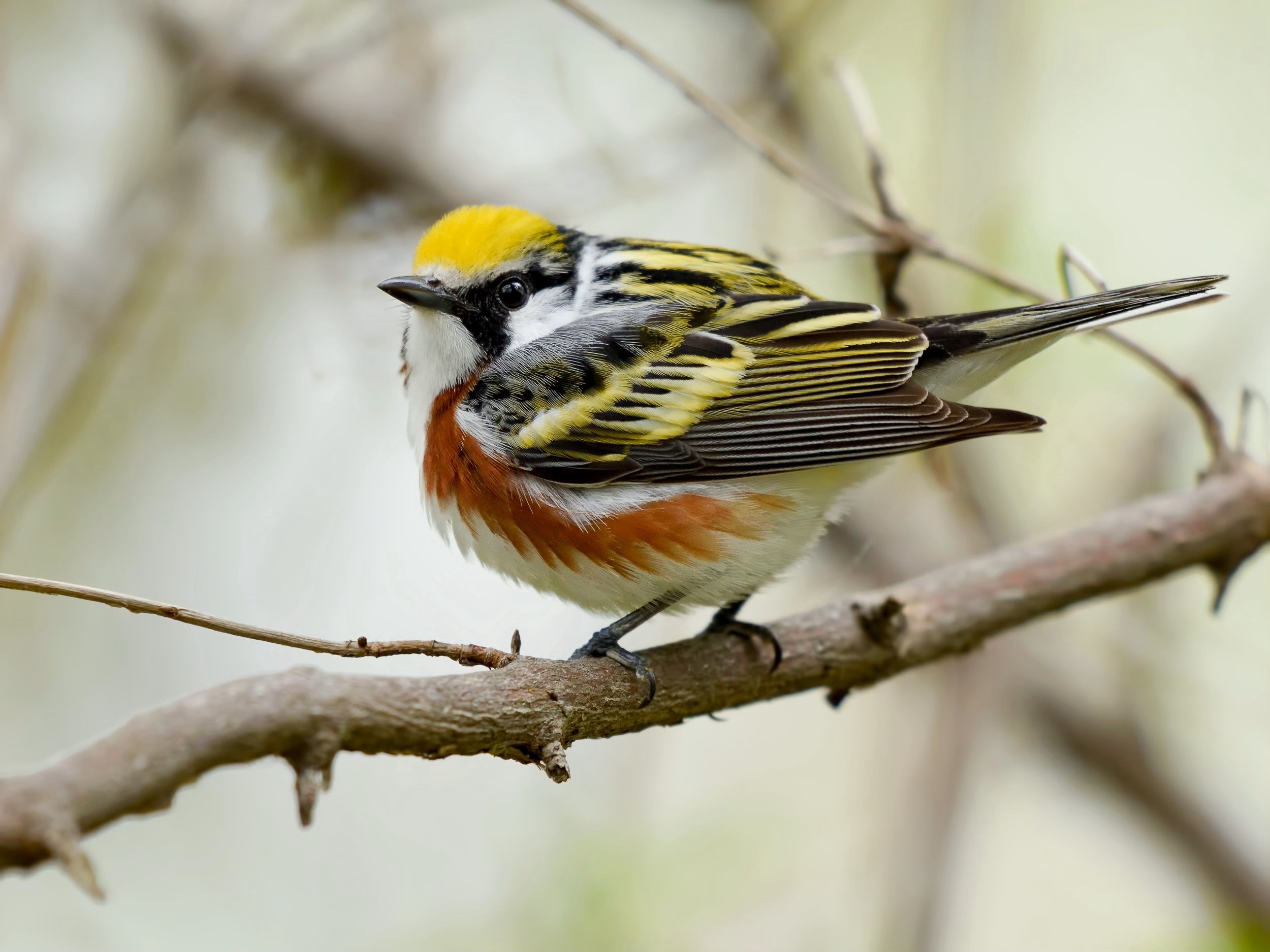American River Parkway
To use the map above, click on any point. You’ll find the name and a brief description with a link to additional information. Alternatively, you can click on the square with an arrow in the upper left hand corner of the map to open a complete list of all the locations on this map. The map is easier to use if you enlarge it by clicking on the partial square in the top right portion of the map.
Fees and directions may have changed. If you have recommended changes for a location, please email them to the Web Committee.
The American River Parkway preserves approximately 5,000 acres of open space and wildlife habitat in the middle of a highly urbanized area—the parkway is five times the size of New York’s Central Park. It stretches for 29 miles along both sides of the American River from the confluence with the Sacramento River to Folsom Lake. The upper 6 miles is managed by California State Parks while the downstream 23 miles is managed by the Sacramento County Department of Regional Parks with assistance from a coalition of citizens’ groups. The Parkway is a model of civic planning and community action, though, like open land everywhere that is adjacent to urbanization, it faces threats of encroachment from numerous sources, as well as financial shortfalls.
Most access points currently require a $7 entrance fee per vehicle, but there are many sites accessible by foot, bicycle, or public transportation. A $70 annual vehicle pass ($35 for seniors 65 and over) can be purchased from the Sacramento County Department of Regional Parks.
A pocket-sized map of the parkway can be purchased on the website of the American River Parkway Foundation. A pdf of this map can be viewed here. Another valuable resource is Biking and Hiking the American River Parkway, published by the American River Natural History Association.
Birders should be mindful of bikes speeding along the trail, homeless camps, especially on the lower third of the parkway, and lush stands of poison oak throughout. Rattlesnakes are fairly common, especially on the upper half of the parkway, and mountain lions have been spotted on a few occasions. If leaving a vehicle unattended, it is wise to park in areas that get regular traffic from other park visitors; break-ins are more likely to occur in isolated lots where there are no witnesses.
Opening and closing hours change seasonally and are posted at each access. Generally, the sites are open from sunrise to sunset. The Jedediah Smith Memorial Trail (also known as the American River Bike Trail) is a paved bike route that runs the length of the parkway and continues past Lake Natoma to Beal’s Point at Folsom Lake. There are additional paved bike routes, a hiking and horse path that parallels the bike trail, and countless informal trails and park service roads to explore. Despite its proximity to over one million people, the parkway is surprisingly under-birded. There are many access points to the parkway in addition to those listed below. We hope that the following will encourage you to explore this wonderful area in Sacramento’s backyard.
Where to Bird Along the American River Parkway
Banner Photo Credit: Common Merganser Image by Daniel Lee Brown














